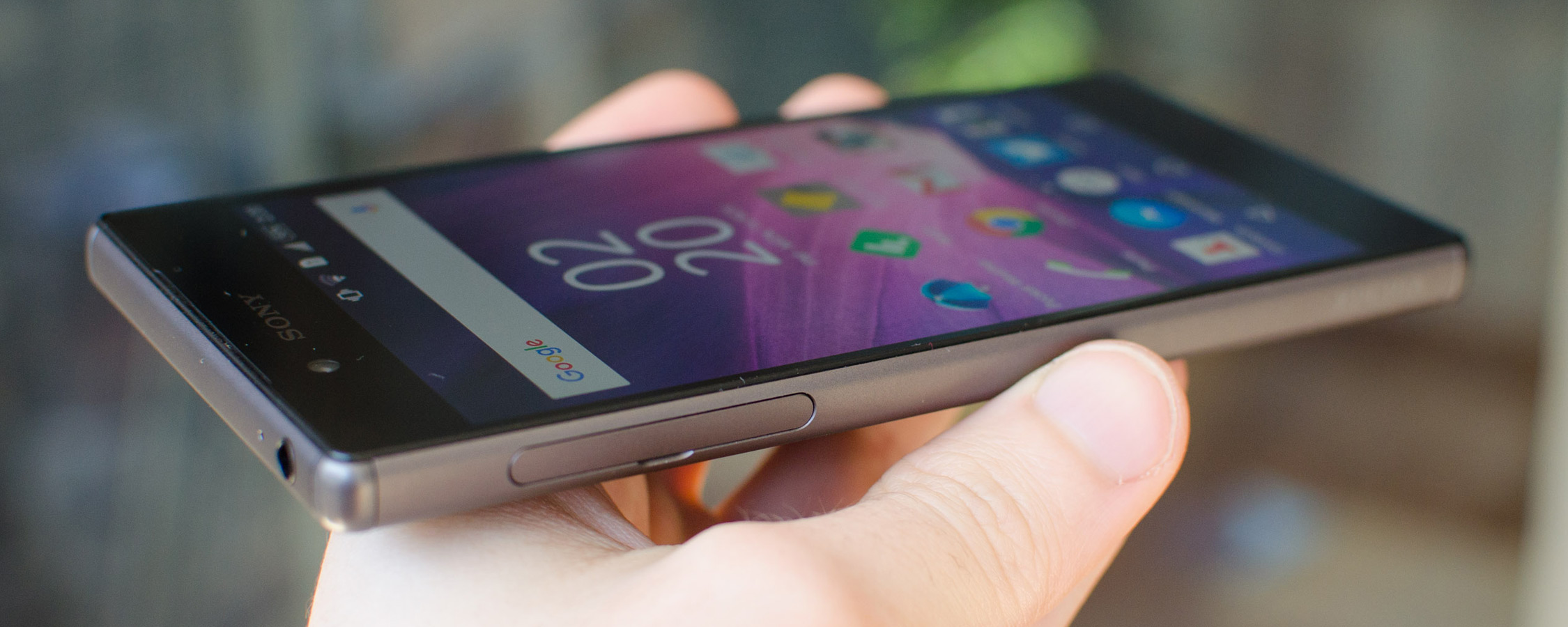Hardware Overview & CPU Performance
Inside the Sony Xperia Z5 is a Snapdragon 810 SoC, which I first used earlier this year in the HTC One M9. The chip has been through its fair share of controversy, including issues with power consumption and heat output, although it's clearly a powerful processor designed for high-end devices.
The Snapdragon 810 features a quad-core CPU that consists of two four-core clusters: one of which is ARM Cortex-A57 cores at 2.0 GHz, and the other is Cortex-A53 cores at 1.56 GHz, giving a mix of high-performance and power-efficient cores in the one SoC. The GPU is an Adreno 430 clocked at 630 MHz, and there's an LPDDR4 memory controller providing 25.6 GB/s of bandwidth, connected to 3 GB of RAM in the Xperia Z5.
As for connectivity, the Xperia Z5 includes everything you'd expect: Wi-Fi 802.11a/b/g/n/ac with MIMO support, Bluetooth 4.1, DLNA, MHL 3.0, A-GPS, and up to Category 6 LTE according to Sony's specification page (the Snapdragon 810 can do up to Cat 9, but it appears not to have been enabled on this device). There are multiple models of the Xperia Z5 on the market, so make sure you pick out the right one for your region.
Devices with the Snapdragon 810 inside are always interesting to use, and that's mostly because of the handsets I've used with the chip inside, I haven't seen consistent performance across the board. The Xperia Z5 is an even more interesting case as there have been some reports of performance issues with early review units, which is partly why we waited until we could obtain a retail model before we tested the phone.
Firstly, I didn't experience any significant performance issues while using my Xperia Z5 retail unit, though it should be noted that, in general, it wasn't as fast at loading apps or performing basic tasks as the Samsung Galaxy S6. The difference between the two devices was minimal but noticeable in side-by-side tests, and considering it was also slightly slower than the OnePlus 2 (which uses a Snapdragon 810), I'd say these issues are down to software optimization. The good news, though, is that I didn't experience system lag or long app loading times like some others were reporting.
While performance was generally fine from the Xperia Z5, I did notice that it ran particularly hot when running SoC-intensive tasks, particularly gaming or heavy web browsing for extended periods of time. It seems as though Sony decided to run the Snapdragon 810 hot to get the best performance out of it, and while this is good for the speed demons out there, it can get a little bit uncomfortable holding the Z5 during periods of heavy use.
Of the Xperia Z5's features, it's good to see support for HEVC decoding and MIMO Wi-Fi, which delivers the best speeds if you have compatible Wi-Fi hardware. It's disappointing to see no USB Type-C or USB 3.0, which limits transfer speeds to and from the internal NAND, but it's easier to find micro-USB 2.0 cables these days than USB-C.
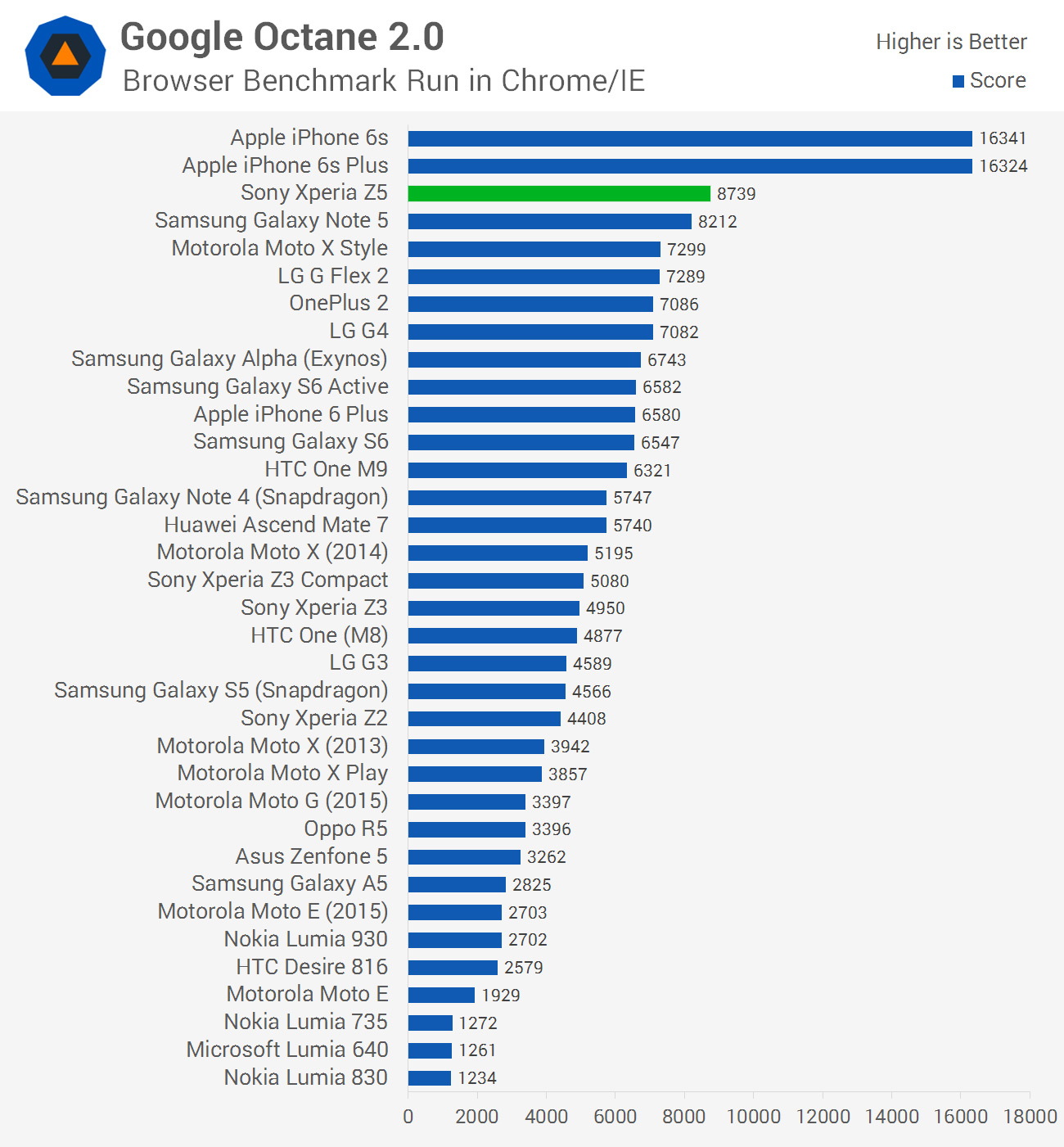
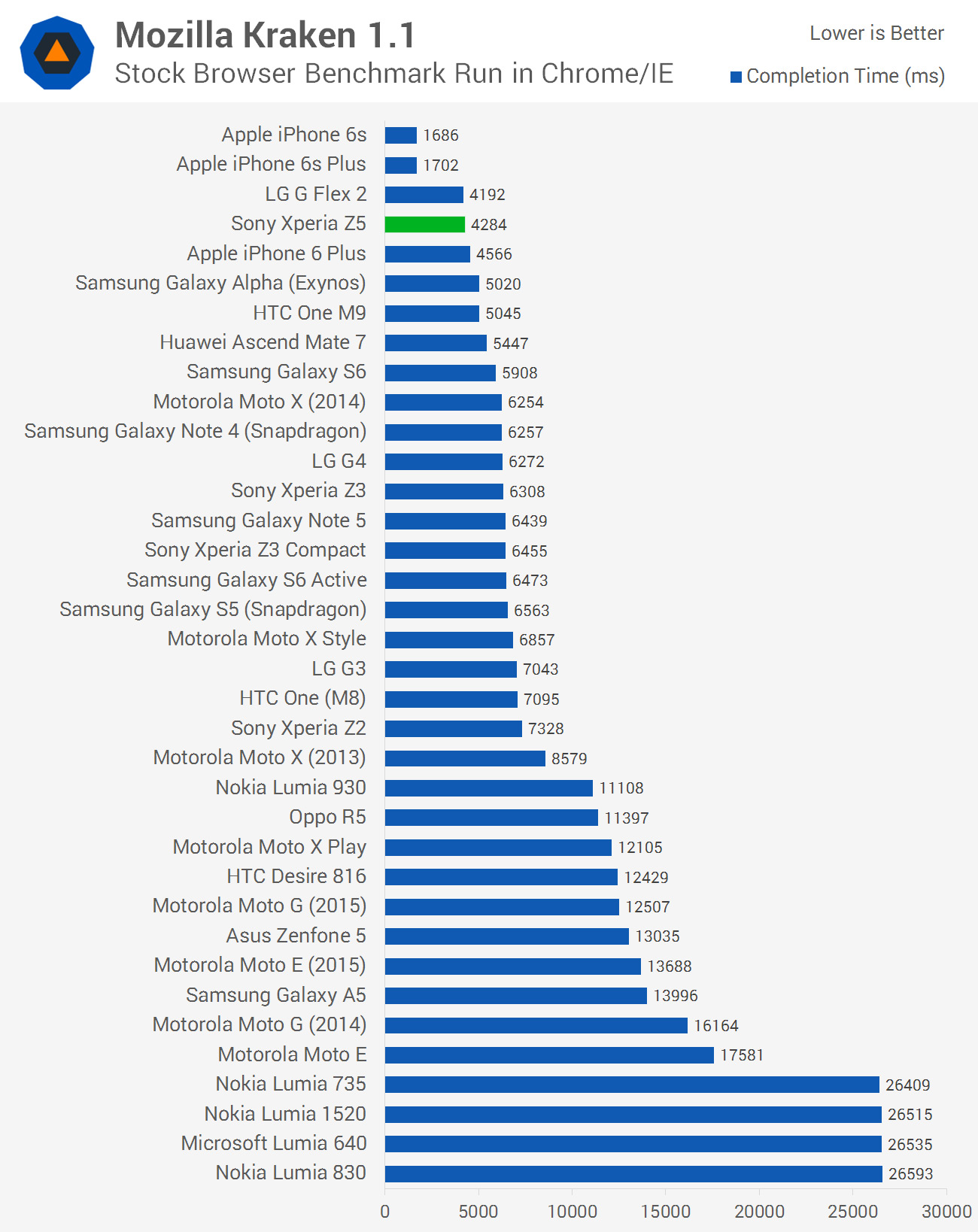
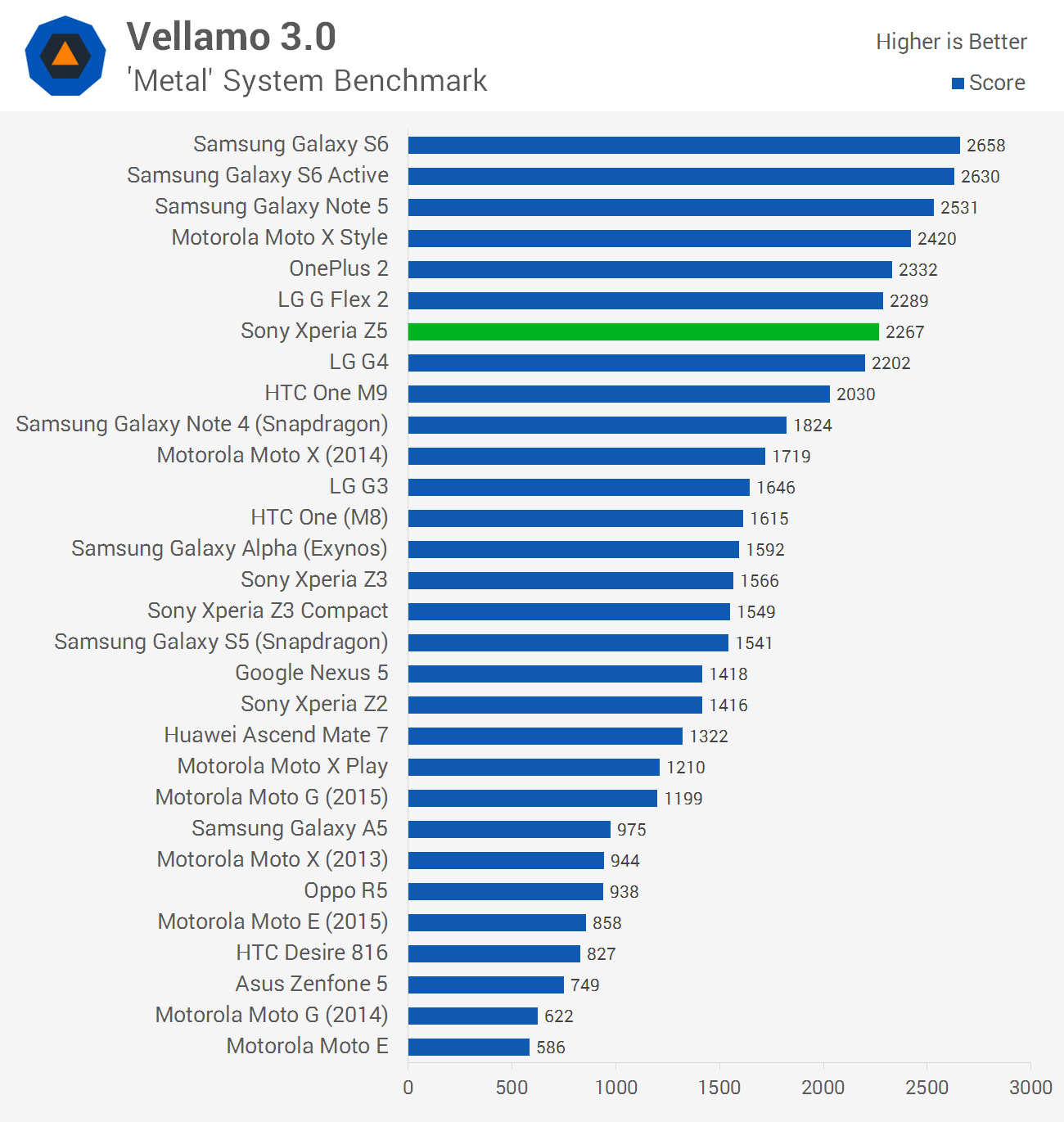
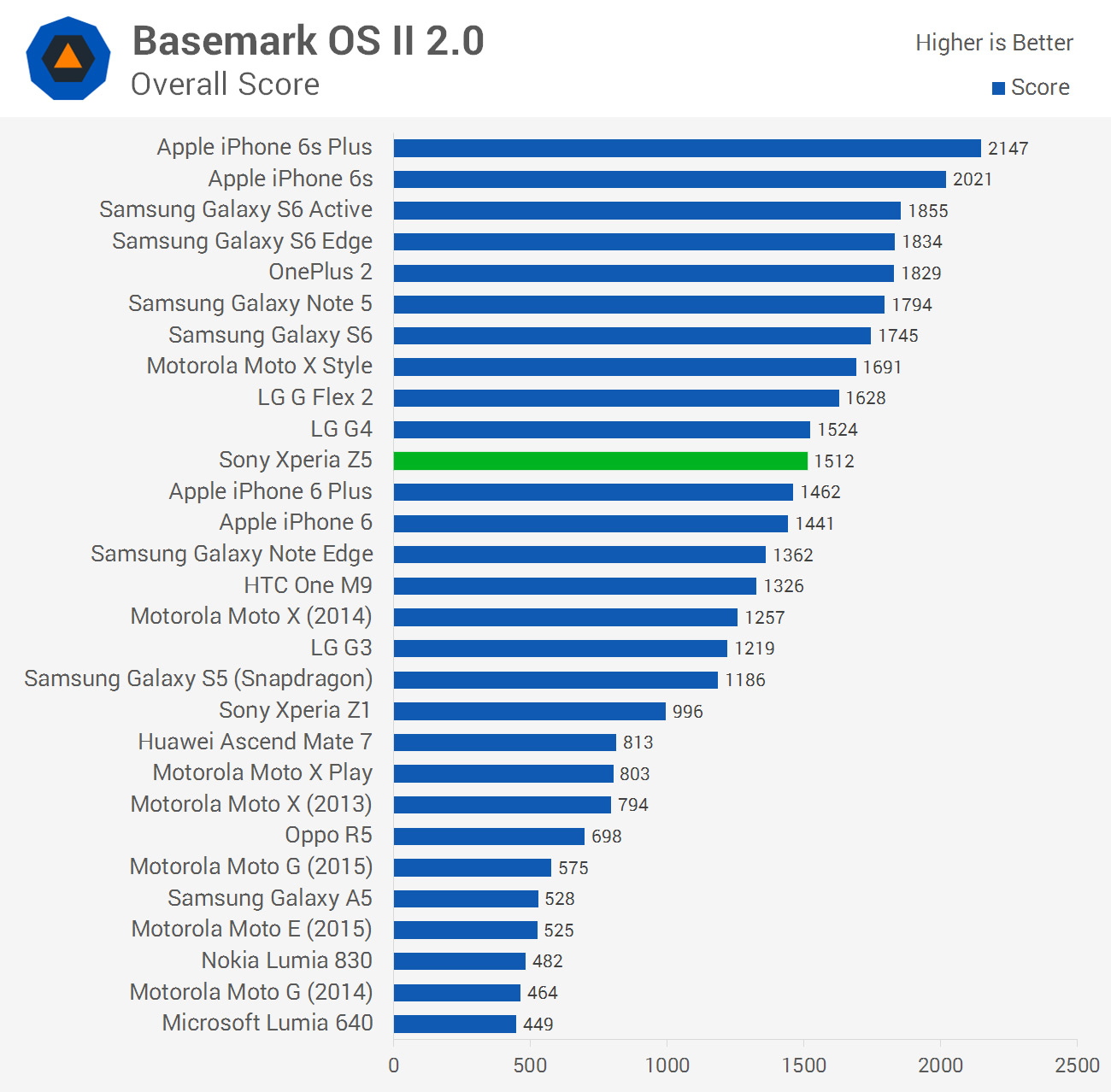
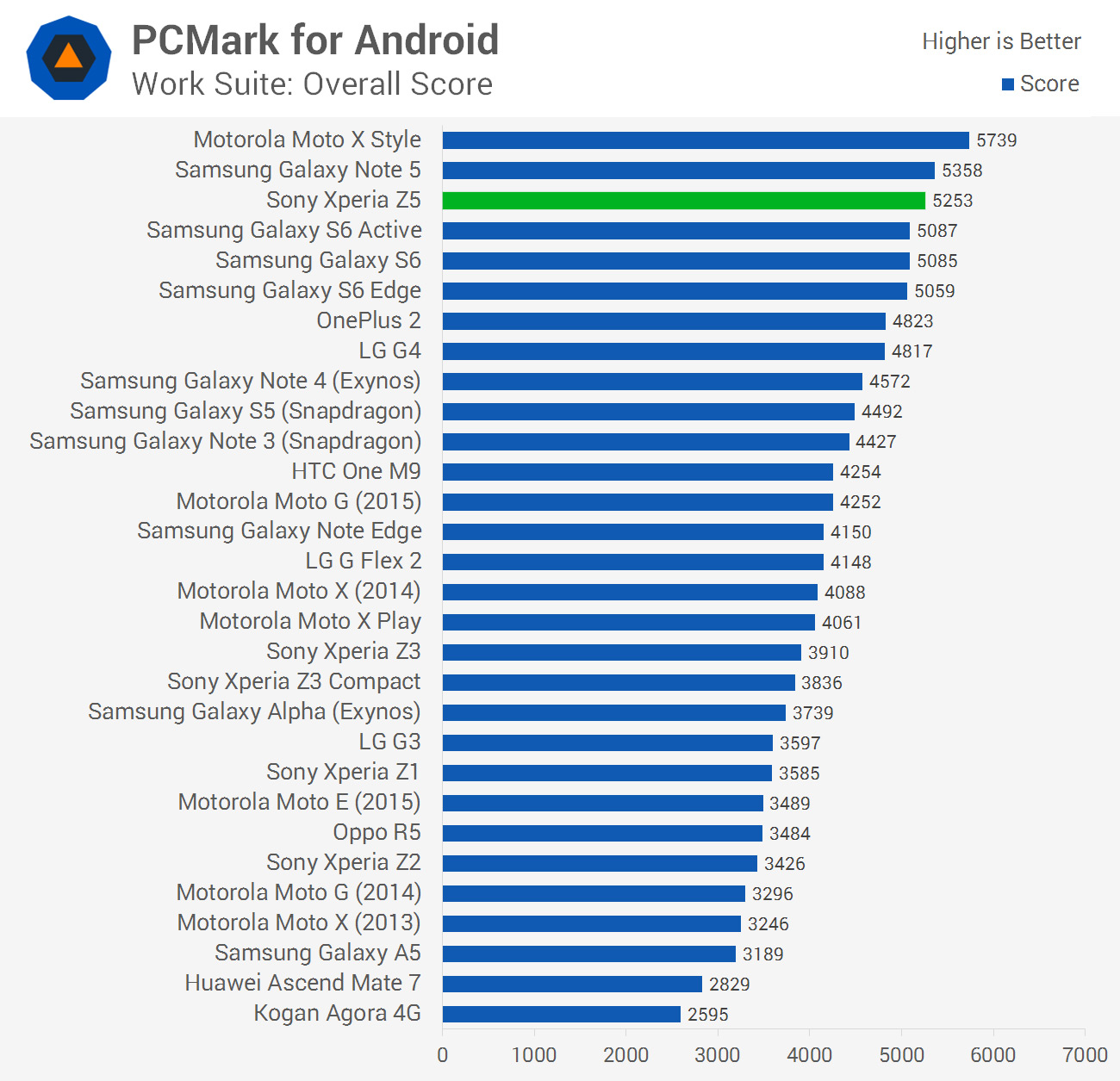
In terms of synthetic benchmarks, the Xperia Z5 is approximately 41% faster than the Xperia Z3 (powered by a Snapdragon 801) in CPU-limited benchmarks, 51% faster than the Xperia Z2 (also Snapdragon 801), and 50% faster than the Xperia Z1 (Snapdragon 800). This makes the Xperia Z5 a decent upgrade on owners of any previous Xperia devices, particularly in the CPU department.
While I didn't think the Xperia Z5 was faster in practice, the Snapdragon 810 took a ~7% lead over the Galaxy S6 in synthetic benchmarks, probably because Sony allows it to run hot. It falls behind the iPhone 6s, the fastest smartphone on the market, but it's around 6% faster than the Moto X Style (Snapdragon 808).
Compared to other Snapdragon 810 devices we're looking at a 26% lead over the HTC One M9 in CPU performance, an 8% lead over the OnePlus 2, and a 16% lead over the LG G Flex 2. This makes the Xperia Z5 the fastest Snapdragon 810 device I've reviewed in these benchmarks.
